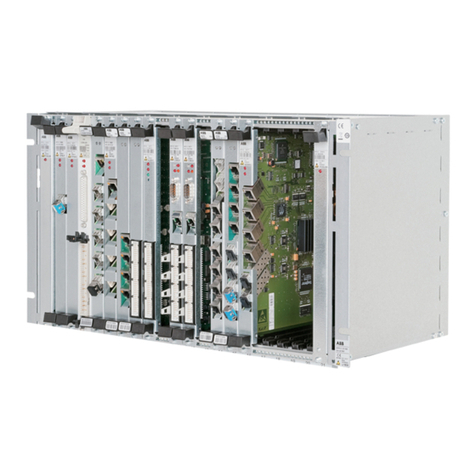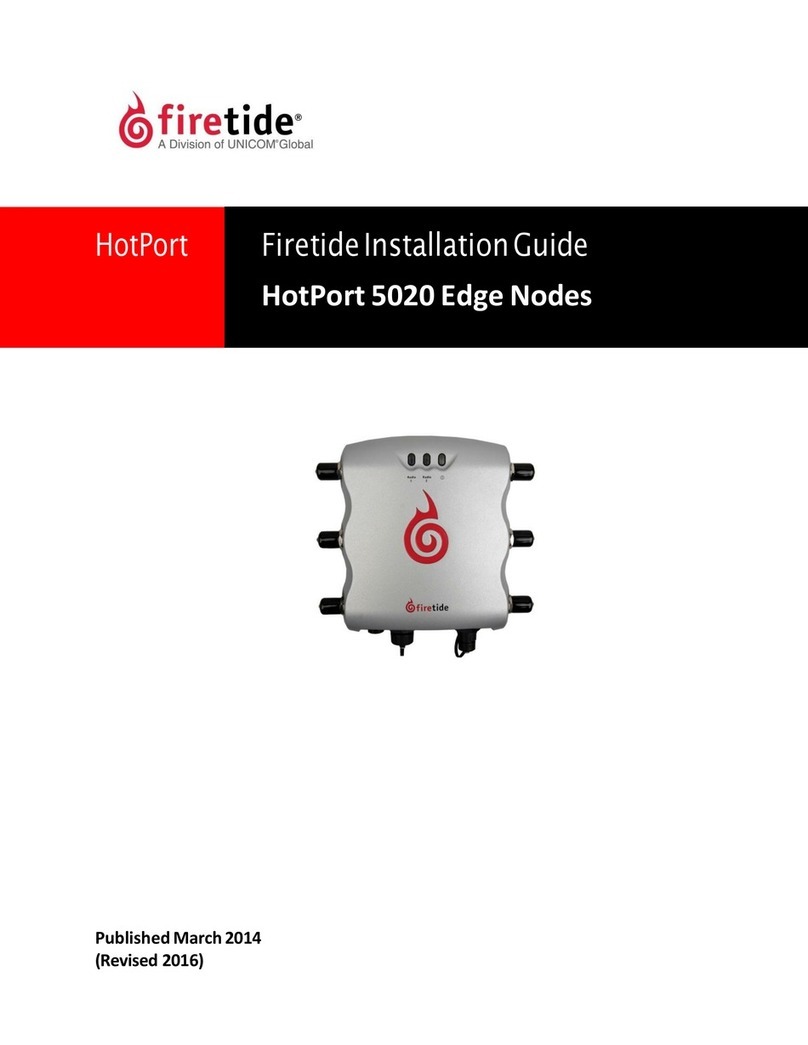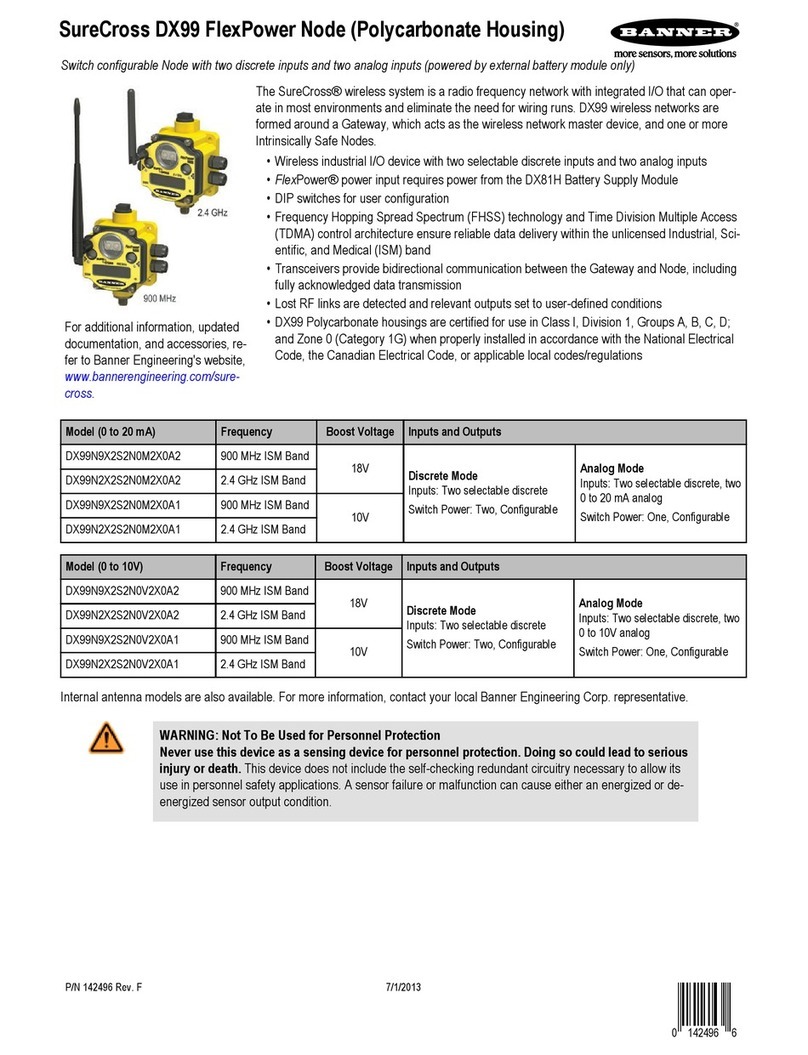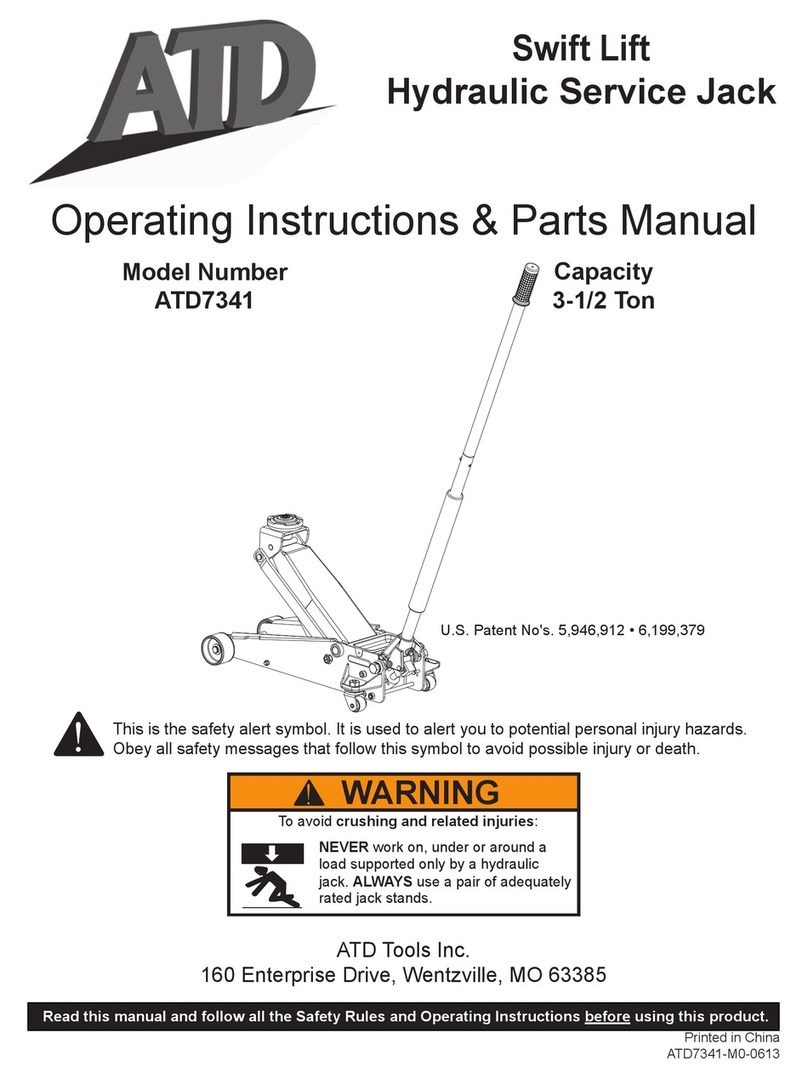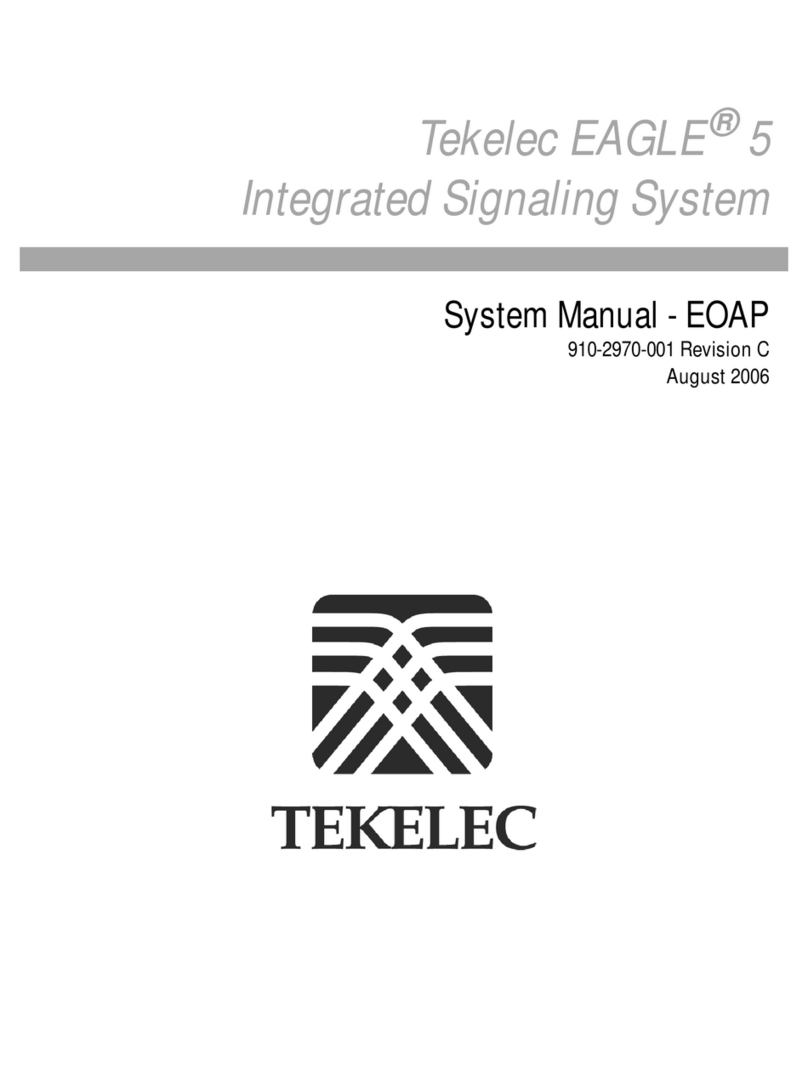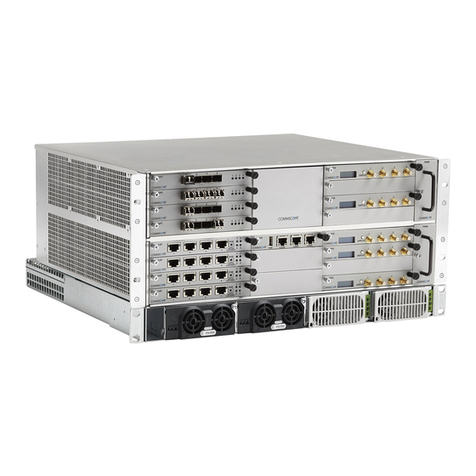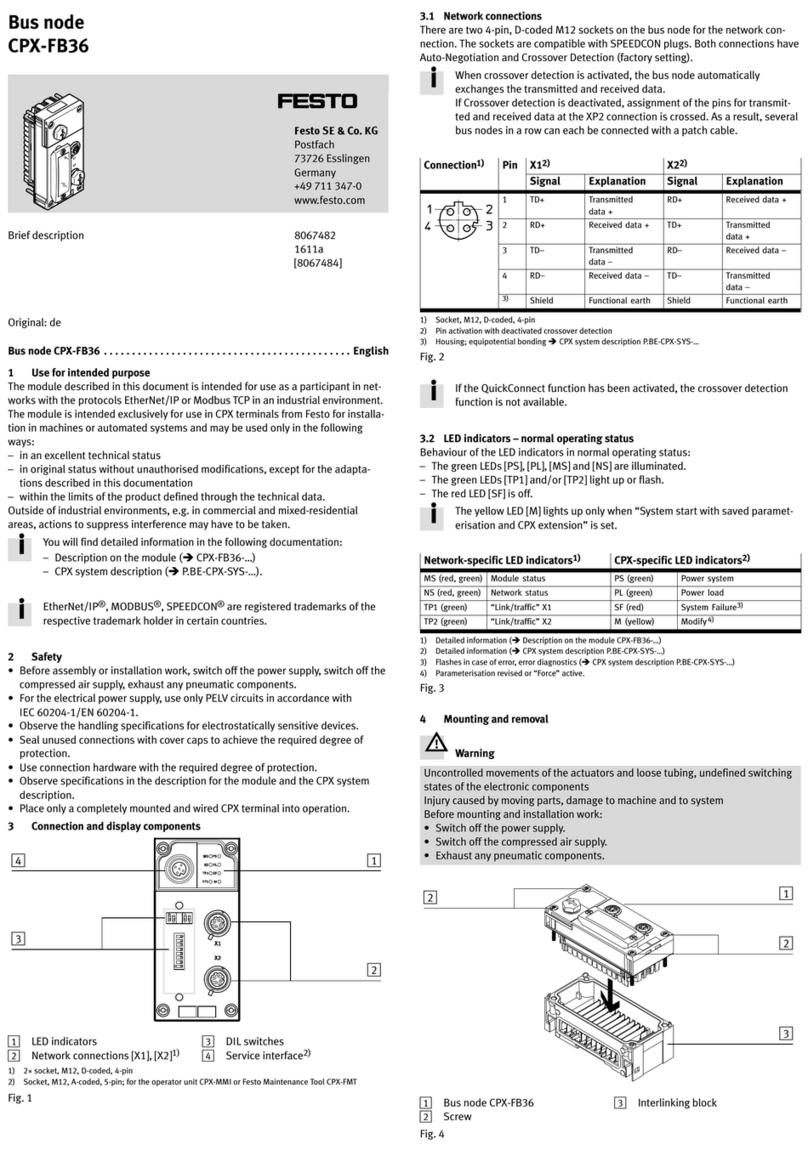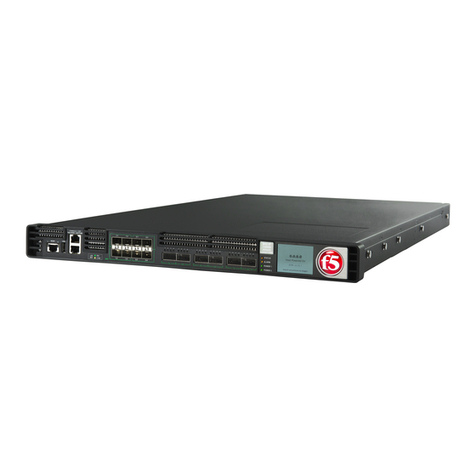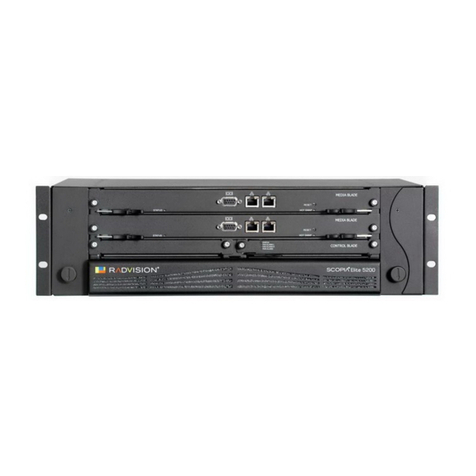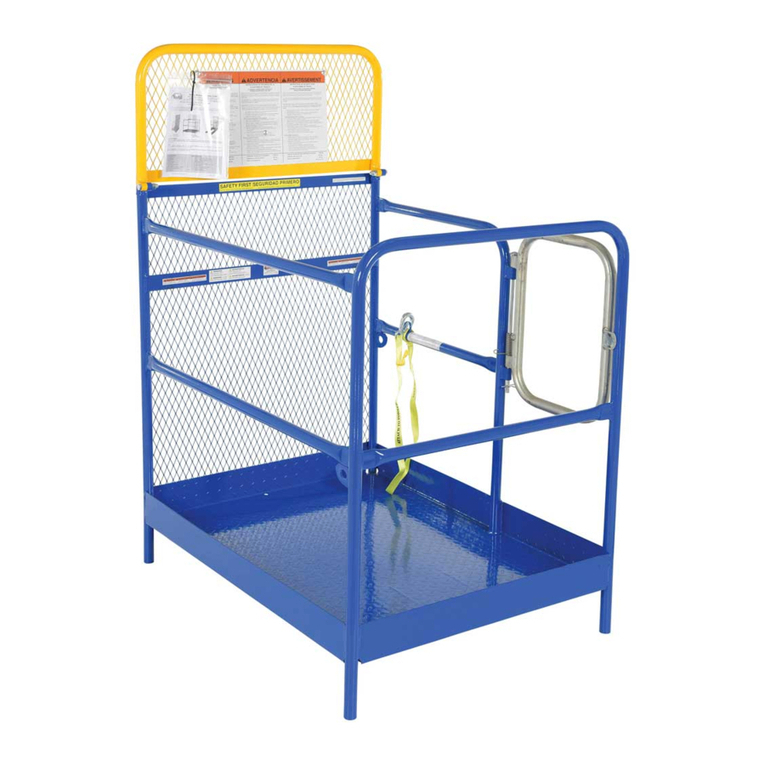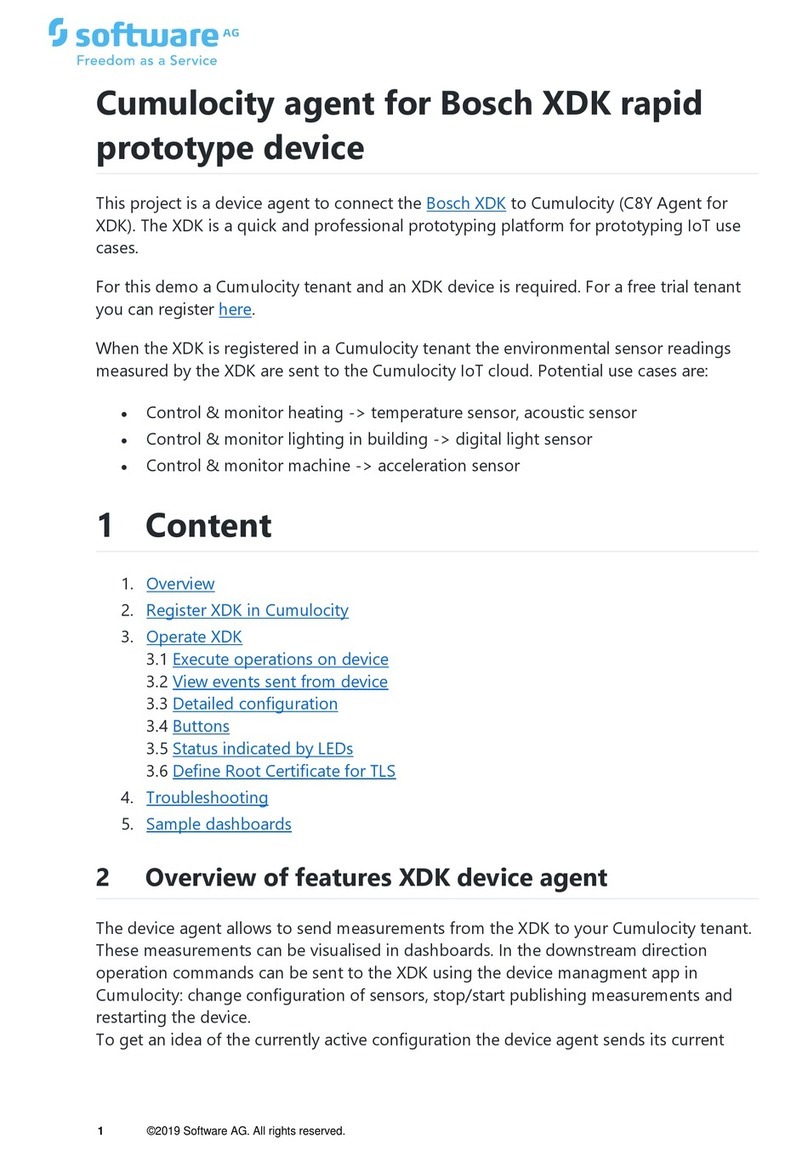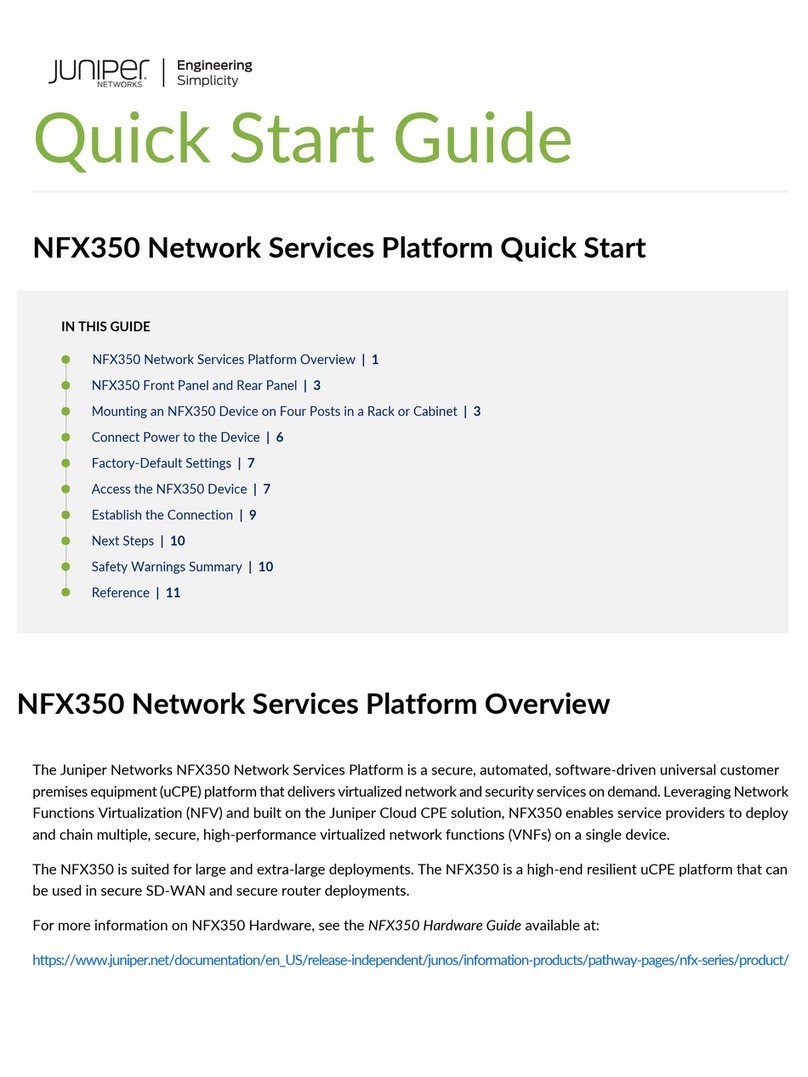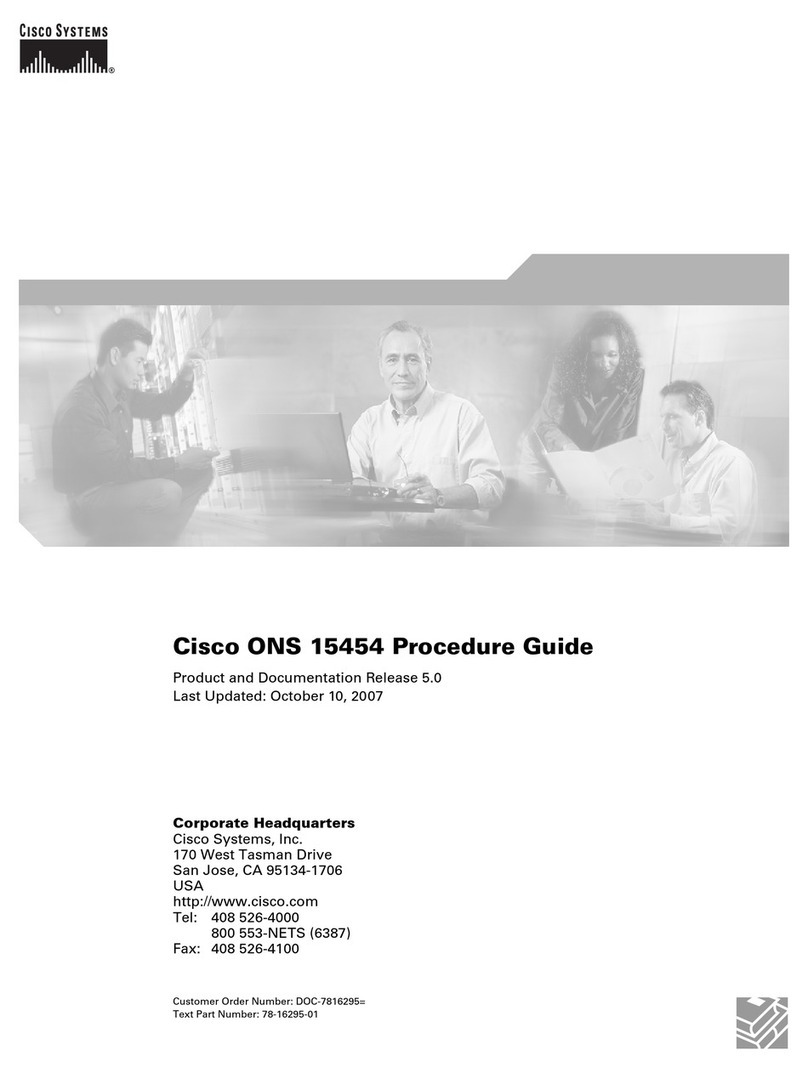
3.0 Safety Information
Safety precautions should be observed during all phases of operation of this instrument. The instrument has been designed to
ensure safe operation however please observe all safety markings and instructions. Do not operate the instrument in the presence
of flammable gases or fumes or any other combustible environment. VeEX Inc. assumes no liability for the customer's failure to
comply with safety precautions and requirements.
Optical Connectors
The test sets display a laser warning icon when the laser source is active to alert the user about a potentially dangerous situation. It
is recommended to:
1. Deactivate the laser before connecting or disconnecting optical cables or patchcords.
2. Never look directly into an optical patchcord or an optical connector interface (SFP+) while the laser is enabled. Even though
optical transceivers are typically fitted with Class 1 lasers, which are considered eye safe, optical radiation for an extended
period can cause irreparable damage to the eyes.
3. Never use a fiber microscope to check the optical connectors when the laser source is active.
Safe Module Handling
While replacing test modules, all work on the open panel must be performed only by suitably qualified personnel who is familiar with
the dangers both to people and to the instrument itself.
Modules are not hot swappable. The platform must be turned off and unplugged from VAC mains when removing or inserting
test modules.
For safety and EMC (Electromagnetic Compatibility), empty module slots must be properly covered with blank panel covers.
Prevent foreign objects from entering the unit, before, during and after module exchange or re-configuration process. They
could create short circuits or damage internal fans.
Always store test modules by themselves in individual ESD protected packaging (with no loose elements, like screws or
tools).
Lithium-ion Battery Precautions
Lithium-ion (Li-ion) battery packs are compact and offer high capacity and autonomy, which make them ideal for demanding
applications, like providing long lasting power to portable test equipment. For safety reasons, due to their high energy concentration,
these batteries packs and products containing them must be used, charged, handled, and stored properly, according to the
manufacturer’s recommendations.
Li-ion battery packs contain individual Li-ion cells as well as battery monitoring and protection circuitry, sealed in its plastic container
that shall not be disassembled or serviced.
The test set unit's battery pack is also fitted with a safety connector to prevent accidental short circuits and reverse polarity.
Always charge the unit's battery pack inside the test platform battery bay using the AC/DC adapter supplied by VeEX.
Do not charge or use the battery pack if any mechanical damage is suspected (shock, impact, puncture, crack, etc).
Do not continue charging the battery if it does not recharge within the expected charging time
Storage: For long term storage, the battery pack should be stored at 20°C/68°F (room temperature), charged to about 30 to
50% of its capacity. Spare battery packs should be charged and used at least once a year to prevent over-discharge (rotate
them regularly).
It is recommended to charge and use battery packs at least every three months. Battery packs shall not go without recharging
(reconditioning) for more than six months.
After extended storage, battery packs may reach a deep discharge state or enter into sleep mode. For safety reasons, Li-ion
eCPRI Testing User Manual D07-00-131P RevA00
